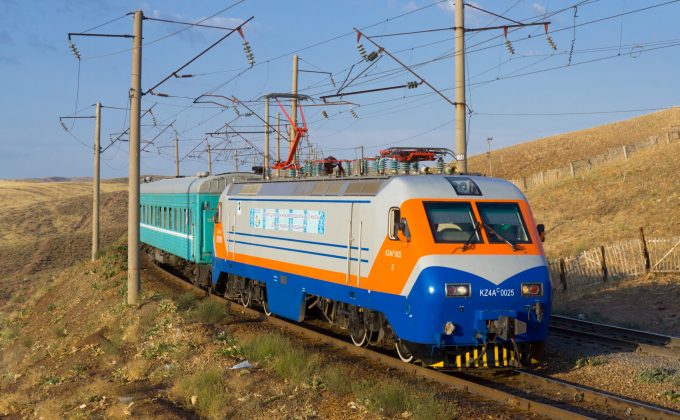China acts to improve reliability of block trains bound for Europe
China Railway Container Transport (CRCT) is trying to create block trains that run on time, ...

The growth of China-Kazakhstan rail freight volumes shows no sign of abating, showing an overall 22% spike last year, but for other European and Eurasian routings, the signs are less positive.
Spurred by western sanctions against Russian, rail operators have taken to moving some 28m tonnes of goods between China and Europe via Central Asia, with not only a boost to volumes but to rail construction works along the Middle Corridor.
The full-year growth was not unexpected, following a strong six-month performance, in which Kazakhstan state-owned operator KTZ Rail recorded an 86% climb in volumes.
According to local media, KTZ’s full-year growth saw it carry more than 1m teu, helped by the construction of the Xi’an dry port, as a new China freight terminal in Kazakhstan.
Estonian and Russian rail operators, however, have been going through some serious struggles.
Having seemingly rebuffed western sanctions by pivoting to China, Russian Railways (RZD) is facing a shortage of locomotives, as wear and tear bites into stock availability, and the operator is also struggling to find spare parts, due to sanctions preventing imports.
Reports out of Russia note the situation “particularly worsened” in the final three months of last year.
In the Kyiv Post, the general director of Russia’s Infoline-Analytics, Mikhail Burmistrov, said rail operators needed to insure 95% of their fleet was operable to keep services flowing as normal, but noted that this had dropped to 93% by mid-2023 and had continued declining.
China-Russia services, according to quotes seen by The Loadstar, were priced in excess of $5,100 per 40ft, climbing north of $6,000 on routes linking China and Belarus.
Nor is Russia alone in seeing its rail services hobbled by sanctions, reports note that Estonian operator Eesti Raudtee has seen freight volumes plummet some 43% over the past 12 months.
Comment on this article